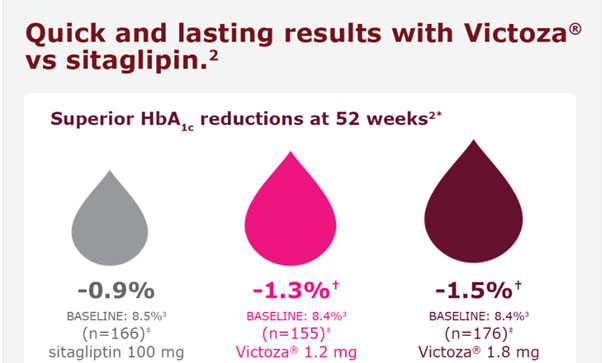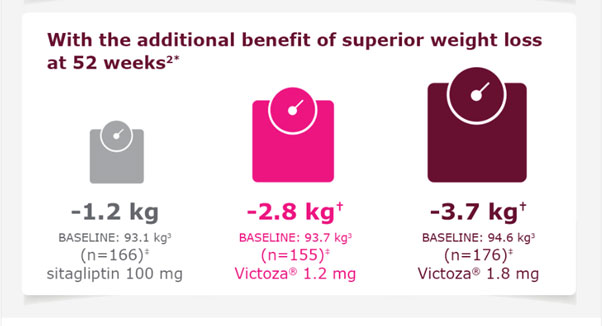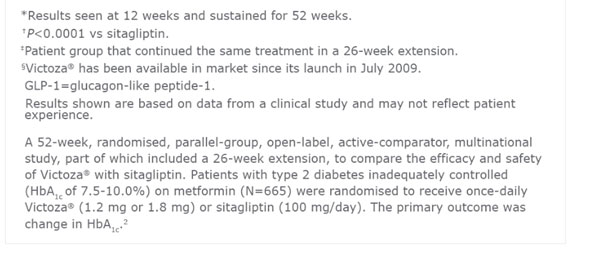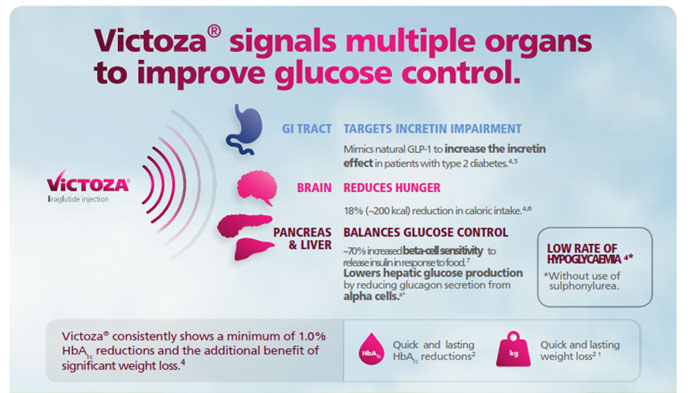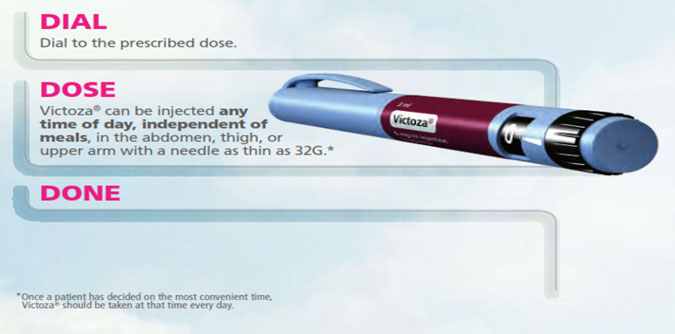Victoza® launched in Malta
|
23rd May 2016 Dear Doctor, Novo Nordisk is pleased to announce the availability of Victoza® ( Liraglutide) in Malta. Victoza® is indicated for treatment of adults with type 2 diabetes mellitus to achieve glycaemic control in combination with oral glucose-lowering medicinal products and/or basal insulin when these, together with diet and exercise, do not provide adequate glycaemic control. Liraglutide is a once-daily analogue of the human native hormone GLP-1 for the treatment of type 2 diabetes. In addition to glycaemic control with a very low rate of hypoglycaemia, Victoza® significantly reduces body weight, hypertension, and improves lipid profiles and several cardiovascular risk markers. Information on the Victoza® can be found below. Please contact the local medical representative for further information on 99241466. Best regards, Petra Spiteri

References: Prescribing Information Suspected adverse reactions and medications errors should be reported. Report forms can be downloaded from www.medicinesauthority.gov.mt and sent by post or email to: P: ADR reporting The Medicines Authority, Post-Licensing Directorate, 203 Level 3, Rue D’Argens, GŻR-1368 Gżira; E: postlicensing.medicinesauthority@gov.mt Public Price: €107.90 Protocol number IT/VIC/0516/0074 |
||
|
||



